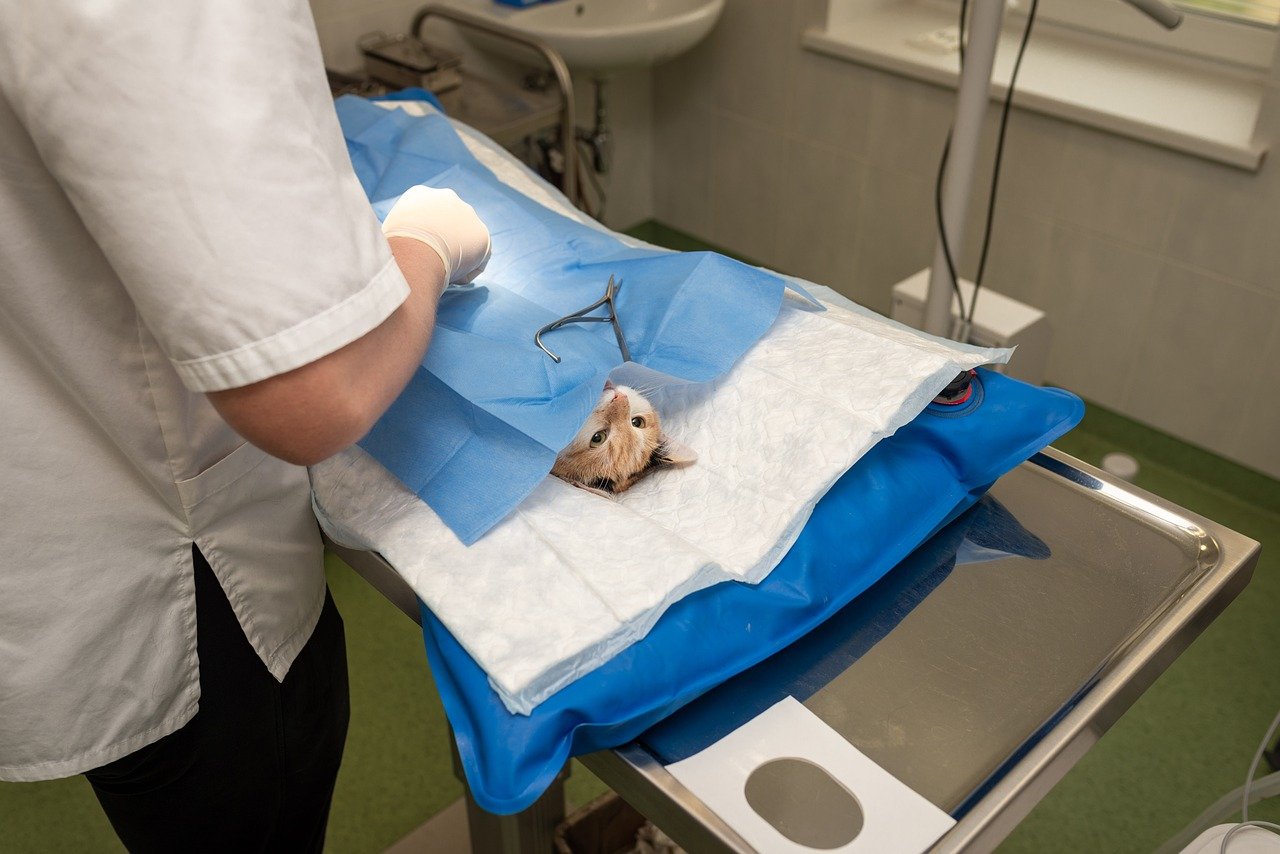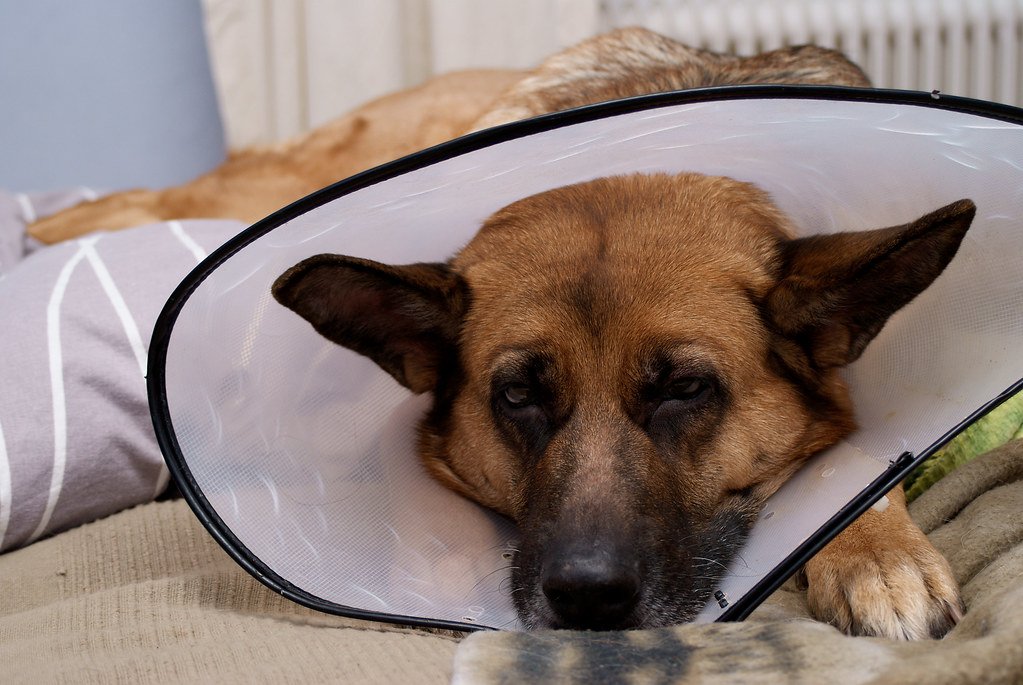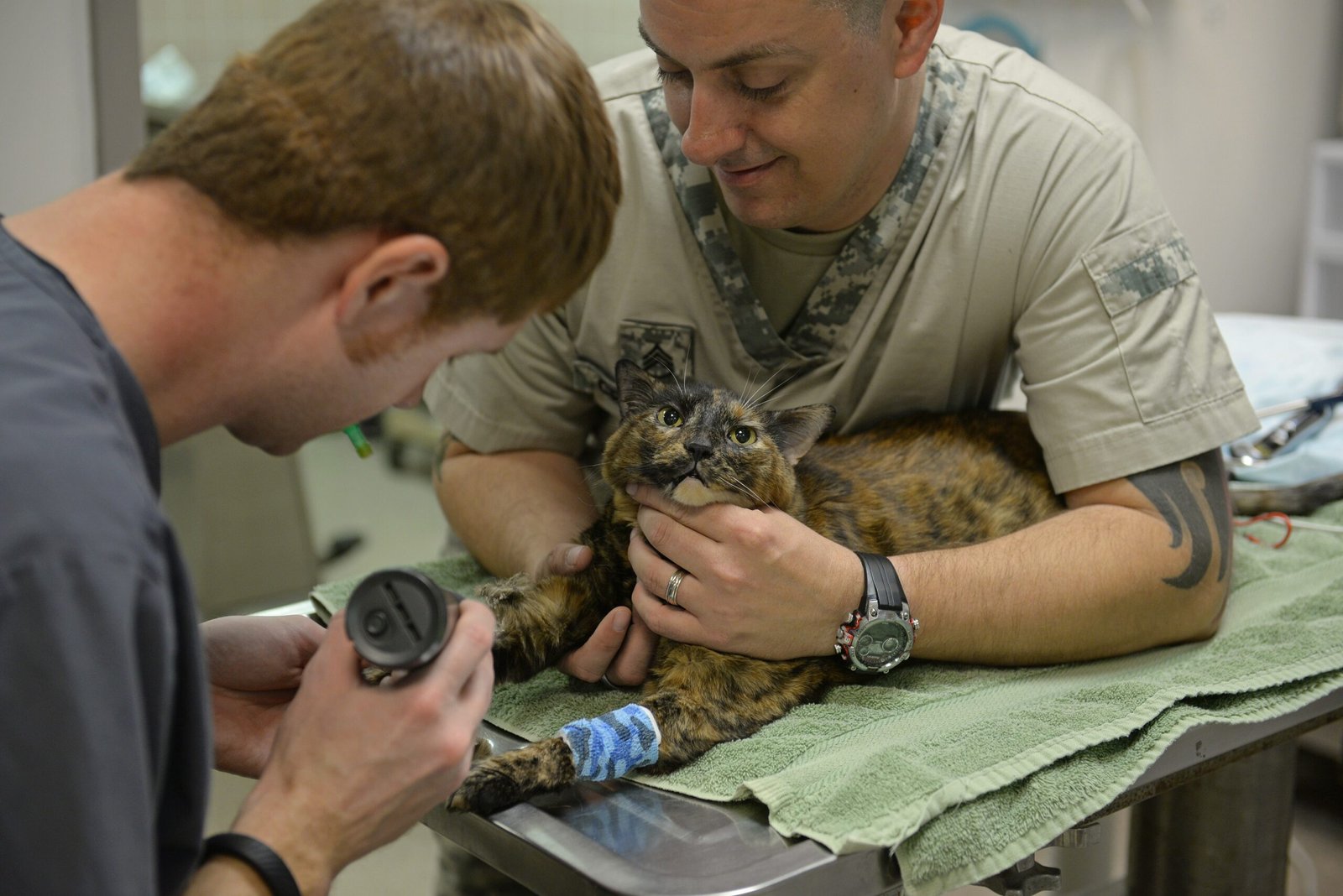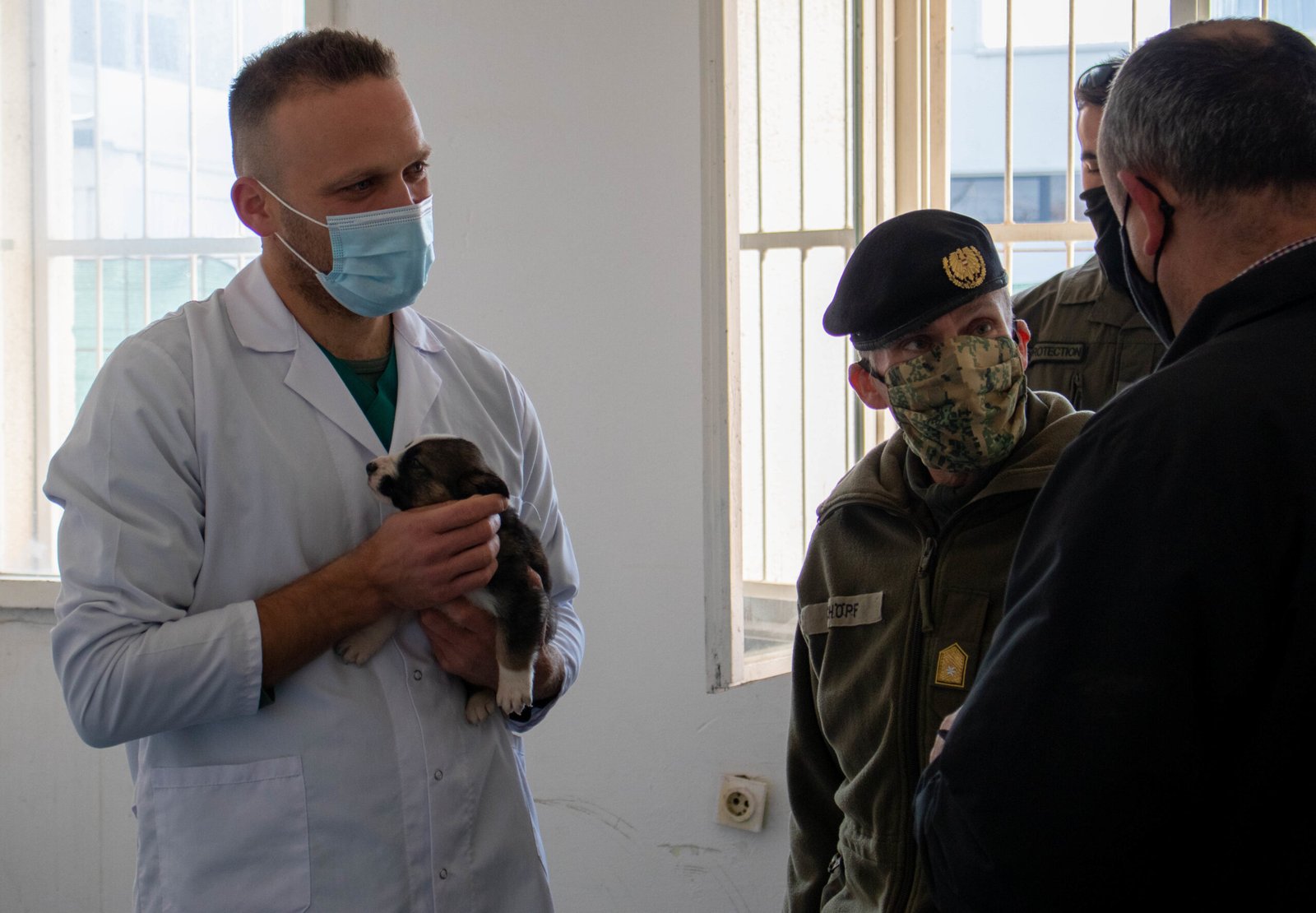Pet owners are constantly faced with tough decisions, but few are as emotionally charged as choosing whether to spay or neuter their beloved dogs and cats. The debate isn’t just about population control anymore—it’s woven with deep concerns, strong opinions, and a desire to do what’s best for our furry companions. Some say it’s a no-brainer for animal welfare, while others worry about health risks and ethical questions. This issue tugs at the heartstrings and sparks passionate discussions at the dog park or the vet’s office. The truth is, the answer isn’t always black and white. Let’s pull back the curtain and explore the many sides of this ongoing debate—because your pet deserves nothing less.
The Origins of Spaying and Neutering: Why Did It Start?

Spaying and neutering didn’t become common household words overnight. Back in the early 20th century, animal shelters were bursting at the seams with unwanted litters. The heartbreaking reality was that millions of healthy kittens and puppies were being euthanized simply because there weren’t enough homes. This crisis led to a movement: if pets couldn’t reproduce, there would be fewer homeless animals. That’s how spaying and neutering became mainstream—first as a way to control overpopulation, then as a recommended part of responsible pet ownership. Today, it’s often seen as a routine procedure, but its roots are tangled in compassion and necessity.
Understanding the Procedures: What Actually Happens?

Spaying and neutering sound clinical, but what do these surgeries really involve? Spaying is the surgical removal of a female animal’s ovaries and usually the uterus, while neutering refers to the removal of a male’s testicles. Both procedures are done under anesthesia and typically take less than an hour. Recovery time varies, but most pets bounce back within a week or two. Vets will often send your furry friend home with a cone and some pain meds. The thought of surgery can be scary, but it’s a routine operation these days—kind of like getting your tonsils out, but for pets. Still, every surgery carries risk, and that’s part of the debate.
Benefits for Animal Health: The Medical Upside

There’s no denying the medical perks. Spaying a female dog or cat almost eliminates the risk of uterine infections and greatly reduces the chance of mammary tumors, which can be deadly. Neutering males cuts down on testicular cancer and can help with certain prostate problems. Many vets also say that fixed pets are less likely to roam, get into fights, or get hit by cars while looking for a mate. These health benefits are real, and for some families, they tip the scales. Think of it as a built-in safety net for your pet’s future, though it’s never a guarantee.
Behavioral Changes: The Good, The Bad, and The Surprising
Behavior is one of those wild cards in this conversation. Pets that are spayed or neutered often show reductions in aggression, marking, and the urge to escape in search of a mate. This can mean fewer fights, less howling at the moon, and more peaceful nights at home. On the flip side, some owners notice changes they didn’t expect—like their dog becoming a little lazier or their cat gaining weight. It’s not always predictable, and personality plays a big role. Some pets barely change, while others mellow out dramatically. There’s no one-size-fits-all answer, but it’s something to consider before making a decision.
Concerns About Early-Age Surgery: Is Sooner Really Better?
There’s a lot of chatter about the “right” age to spay or neuter. Some shelters push for early-age surgery—sometimes as young as eight weeks old—to stop accidental litters before they start. But recent studies have raised eyebrows, suggesting that spaying or neutering too early might affect bone growth, hormone development, and even increase the risk of certain cancers in some breeds. It’s a tough call for pet parents: wait too long and risk unwanted litters, or go early and face unknowns? Many vets recommend talking it over and considering your pet’s breed, size, and lifestyle. It’s not a race—it’s a careful balance.
Breed and Size Considerations: One Size Does Not Fit All

If you’ve ever walked down a street and seen a Chihuahua next to a Great Dane, you know not all dogs are built the same. The same goes for how they respond to spaying or neutering. Larger breeds, for example, may have different risks when it comes to joint health after early surgery. Some breeds also have a higher risk of certain cancers if fixed too early. Cats, too, come with their own set of considerations—some purebreds might have unique health factors. This isn’t a cookie-cutter decision, and your vet’s advice matters more than what you read online or hear at the dog park.
Population Control: Saving Lives or Overstated?

Population control is the heart of the pro-spay/neuter argument. Every spring, shelters brace for the so-called “kitten season,” when litters flood in and resources run thin. Spaying and neutering undeniably help keep these numbers down, giving more pets a shot at a happy home. But some critics argue that responsible pet owners who keep their animals indoors or under close watch shouldn’t feel pressured. Is it fair to paint everyone with the same brush? It’s a question that stirs up strong feelings and doesn’t have an easy answer.
Potential Health Risks: What Could Go Wrong?
No surgery is completely without risk, and spaying or neutering is no exception. Some research links early spaying/neutering to increased chances of certain joint disorders, urinary incontinence, and even specific cancers in select breeds. For cats, obesity can become a problem if their food intake isn’t managed after surgery. Rarely, there can be complications from anesthesia or infection at the incision site. While many pets come through with flying colors, it’s important to weigh these risks and talk openly with your vet. Sometimes the risks are worth it, and sometimes the answer is more complicated.
Alternatives to Traditional Spay/Neuter: Are There Other Options?

Not everyone is comfortable with the idea of surgery. For those searching for alternatives, there are a few options on the horizon. Some vets offer vasectomy or ovary-sparing surgery, which sterilizes pets without removing all hormone-producing organs. There’s also chemical contraception, though it’s not as widely available or as effective long-term. These alternatives aren’t perfect and may not be right for every pet, but they offer a middle ground for owners who want to prevent litters without full sterilization. The science is still evolving, but it’s a space to watch.
The Emotional Side: Guilt, Relief, and Everything In Between
Making the decision to spay or neuter your pet can feel like a roller coaster. There’s relief in knowing you’re helping prevent more unwanted animals, but also guilt or worry about changing your pet forever. Some owners feel pressured by friends, family, or even their vet, while others are sure from day one. The truth is, it’s an intensely personal choice. For many, it comes down to trusting their gut and putting their pet’s needs first. As one pet parent put it, “I just want my dog to have the happiest life possible. That’s what matters most.”
Voices from Both Sides: What Do Pet Owners Say?
The opinions on this topic are as varied as the pets themselves. Some owners swear by spaying and neutering, calling it the best thing they ever did for their animal’s health and happiness. Others regret their decision, feeling their pet lost some part of its spirit or developed unexpected health issues. Social media is filled with stories—some inspiring, some heartbreaking. One thing’s for sure: people care deeply, and everyone brings their own experiences to the table. Listening to these voices can help new pet owners make a choice that feels right for them.
Working with Your Veterinarian: The Importance of Personalized Advice

In a world full of opinions, your veterinarian is your best ally. They know your pet’s history, breed, age, and unique quirks. A good vet will walk you through the pros and cons, answer your questions, and help you make a decision that fits your pet’s individual needs. Don’t be afraid to ask tough questions or get a second opinion if you’re unsure. At the end of the day, every pet is different, and there’s no universal answer. Your vet’s guidance can make all the difference in feeling confident about your choice.
Spaying and neutering can offer big benefits—from preventing unwanted litters to reducing certain health risks—but it’s not always a one-size-fits-all decision. Every pet is unique, and factors like age, breed, and lifestyle matter. The best move? Talk it through with your vet and weigh the pros and cons for your situation. At the end of the day, it’s all about what keeps your furry friend healthiest and happiest.

Esther is from India; the heartbeat of South Asia, holding a Master’s degree in Zoology and a postgraduate diploma in Animal Welfare. Her enthusiasm for animal welfare drives her passion and dedication to working for animals, ensuring their well-being, and advocating for their rights. With a solid academic background and hands-on experience, she is committed to making a positive impact in the field of animal welfare. In her free time, she enjoys embroidery and sewing. As a Chennaite from Tamil Nadu, Esther loves Bharathanatyam, an Indian classical dance form.





